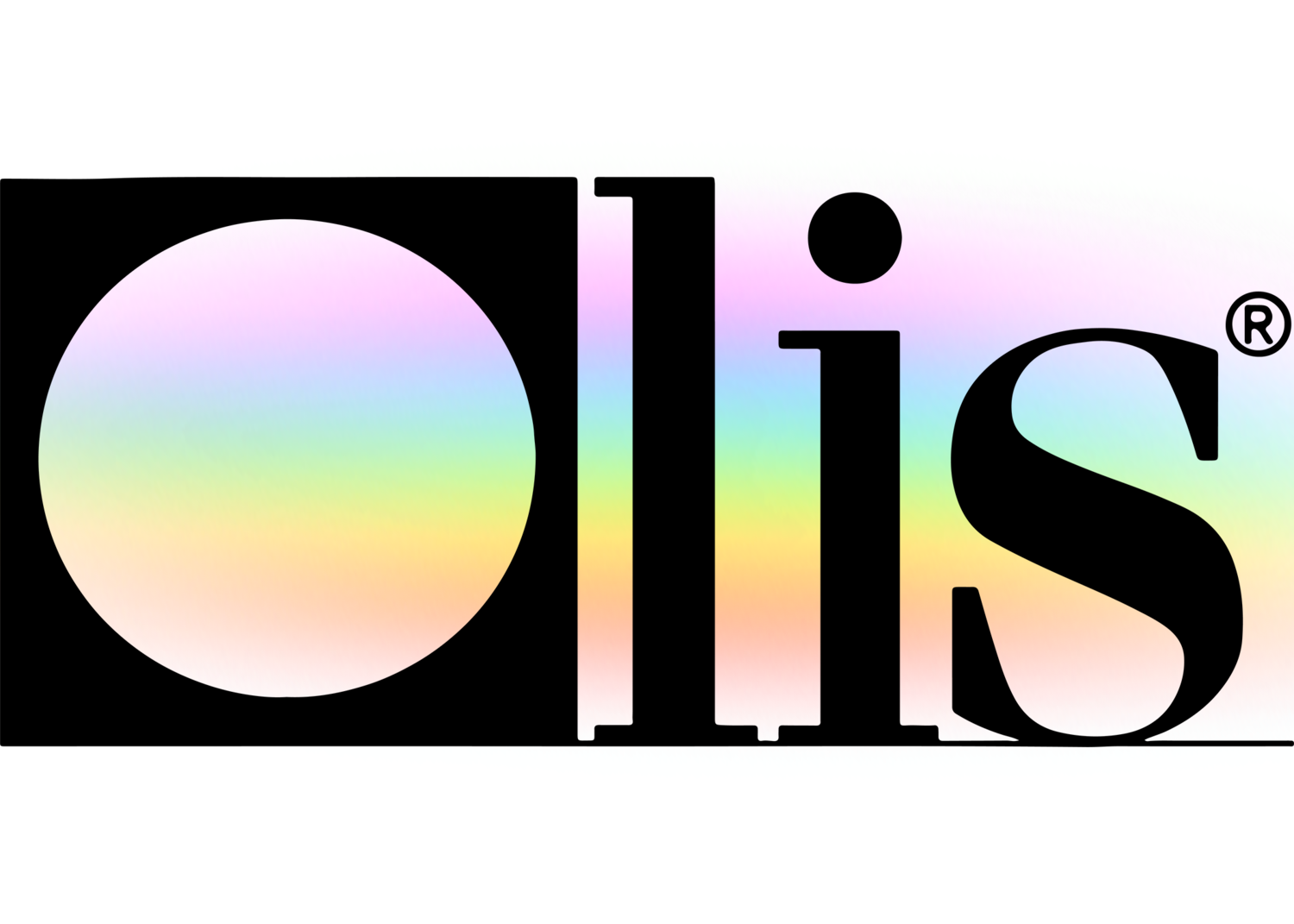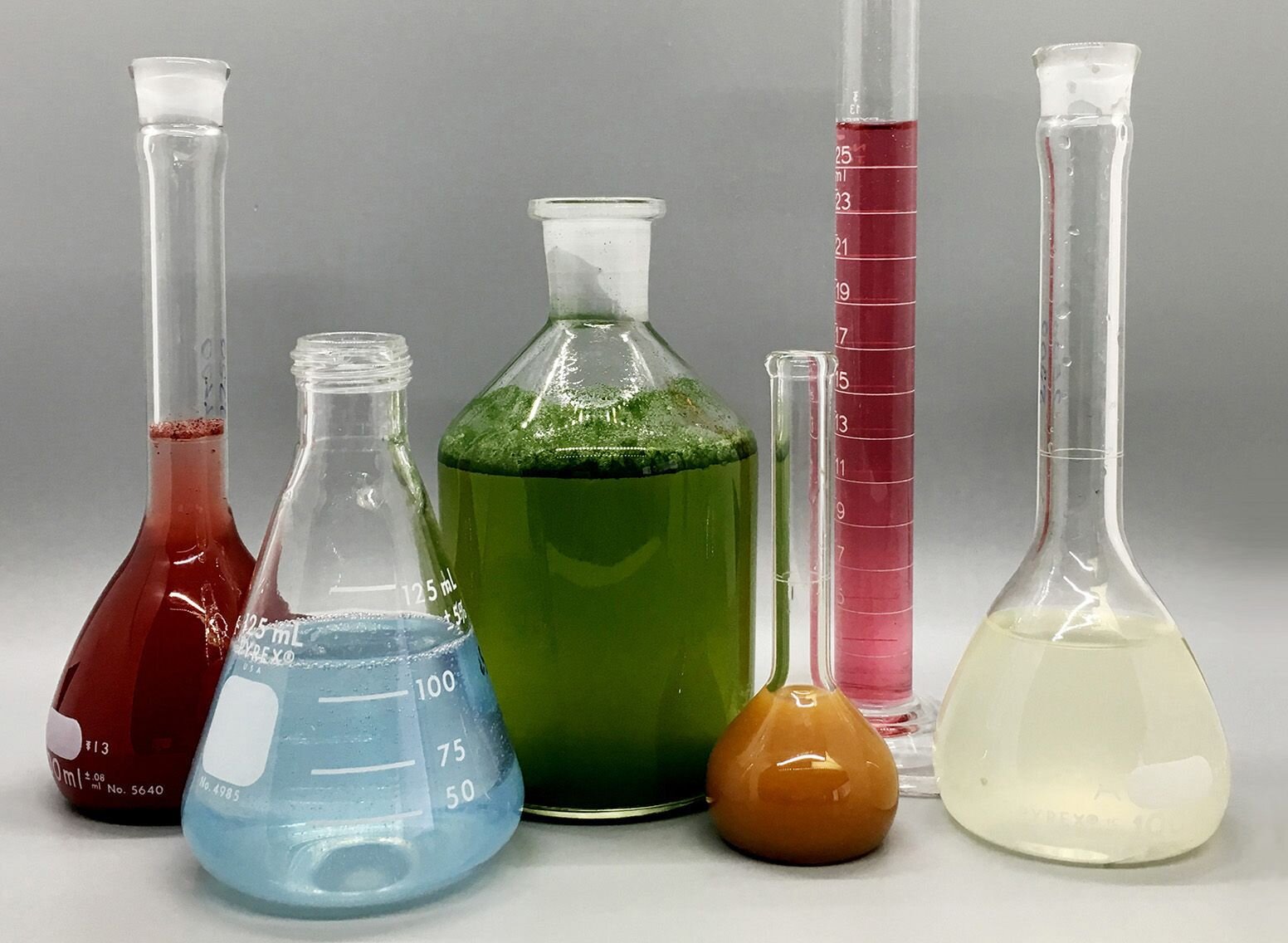9 Simple Techniques For Uv/vis/nir
9 Simple Techniques For Uv/vis/nir
Blog Article
The Greatest Guide To Circularly Polarized Luminescence
Table of ContentsThe smart Trick of Spectrophotometers That Nobody is Talking AboutCircular Dichroism Can Be Fun For EveryoneThe 7-Minute Rule for Uv/vis/nirCircular Dichroism Can Be Fun For EveryoneTop Guidelines Of Uv/vis/nir

Spectrophotometry is a tool that hinges on the quantitative analysis of molecules depending on how much light is taken in by colored substances.
An Unbiased View of Uv/vis
A spectrophotometer is typically used for the measurement of transmittance or reflectance of services, transparent or opaque solids, such as polished glass, or gases. Numerous biochemicals are colored, as in, they take in noticeable light and for that reason can be determined by colorimetric procedures, even colorless biochemicals can typically be converted to colored substances appropriate for chromogenic color-forming reactions to yield compounds suitable for colorimetric analysis.: 65 However, they can also be designed to determine the diffusivity on any of the noted light ranges that usually cover around 2002500 nm using different controls and calibrations.
An example of an experiment in which spectrophotometry is used is the determination of the equilibrium constant of a service. A certain chemical reaction within a solution may take place in a forward and reverse instructions, where reactants form items and products break down into reactants. Eventually, this chemical reaction will reach a point of balance called an equilibrium point.
The Definitive Guide to Circular Dichroism
The quantity of light that travels through the solution is indicative of the concentration of certain chemicals that do not allow light to go through. The absorption of light is because of the interaction of light with the electronic and vibrational modes of particles. Each kind of molecule has a specific set of energy levels associated with the makeup of its chemical bonds and nuclei and thus will take in light of particular wavelengths, or energies, resulting in distinct spectral homes.
The use of spectrophotometers spans numerous scientific fields, such as physics, materials science, chemistry, biochemistry. UV/Vis, chemical engineering, and molecular biology. They are widely utilized in many industries consisting of semiconductors, laser and optical production, printing and forensic assessment, along with in labs for the research study of chemical compounds. Spectrophotometry is often used in measurements of enzyme activities, decisions of protein concentrations, determinations of enzymatic kinetic constants, and measurements of ligand binding reactions.: 65 Ultimately, a spectrophotometer is able to figure out, depending upon the control or calibration, what substances are present in a target and precisely how much through estimations of observed wavelengths.
Invented by Arnold O. Beckman in 1940 [], the spectrophotometer was developed with the help of his coworkers at his business National Technical Laboratories founded in 1935 which would become Beckman Instrument Business and eventually Beckman Coulter. This would come as a service to the this hyperlink previously created spectrophotometers which were unable to take in the ultraviolet properly.
Uv/vis/nir for Beginners
It would be discovered that this did not give acceptable outcomes, for that reason in Design B, there was a shift from a glass to a quartz prism which permitted better absorbance results - spectrophotometers (https://www.bitchute.com/channel/ZeGQl0AaiFBC/). From there, Design C was born with an adjustment to the wavelength resolution which wound up having three units of it produced
It was produced from 1941 to 1976 where the price for it in 1941 was US$723 (far-UV devices were a choice at extra expense). In the words of Nobel chemistry laureate Bruce Merrifield, it was "probably the most crucial instrument ever developed towards the development of bioscience." Once it became stopped in 1976, Hewlett-Packard created the very first commercially available diode-array spectrophotometer in 1979 called the HP 8450A. It irradiates the sample with polychromatic light which the sample absorbs depending upon its homes. It is transmitted back by grating the photodiode range which spots the wavelength region of the spectrum. Ever since, the production and application of spectrophotometry devices has actually increased profoundly and has actually turned into one of the most ingenious instruments of our time.

The smart Trick of Spectrophotometers That Nobody is Talking About
Historically, spectrophotometers use a monochromator containing a diffraction grating to produce the analytical spectrum. The grating can either be movable or fixed. If a single detector, such as a photomultiplier tube or photodiode is used, the grating can be scanned stepwise (scanning spectrophotometer) so that the detector can measure the light strength at each wavelength (which will correspond to each "step").
In such systems, the grating is repaired and the intensity of each wavelength of light is determined by a different detector in the range. When making transmission measurements, the spectrophotometer quantitatively compares the portion of light that passes through a recommendation solution and a test option, then digitally compares the strengths of the two signals and calculates the portion of transmission of the sample compared to the referral requirement.

Report this page